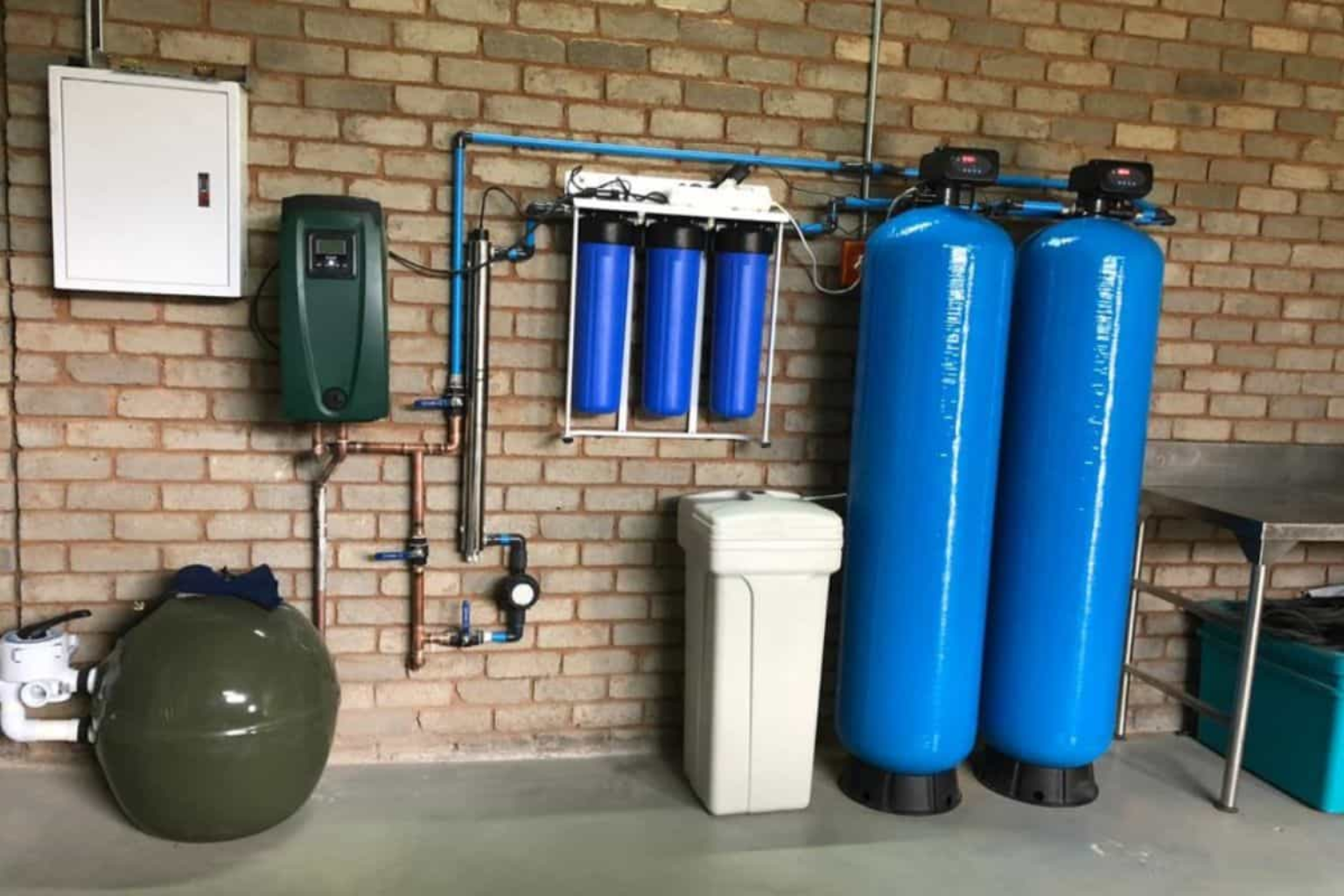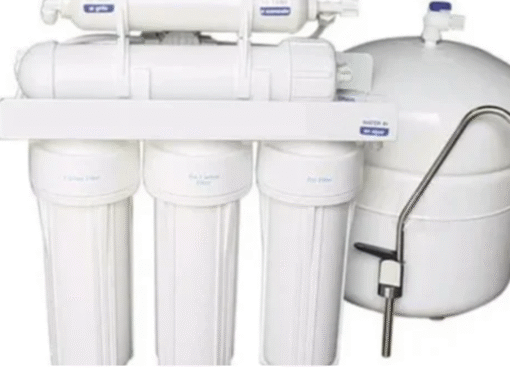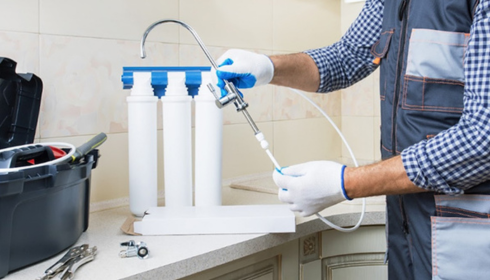Why Clean Water Matters More Than Ever: From Testing to Treatment at Home and Beyond

If you’ve ever poured a glass of water straight from the tap and hesitated before sipping, you’re not alone. Water is one of those things we tend to take for granted—until it tastes a little metallic, smells faintly like chlorine, or leaves streaky spots on the dishes. Suddenly, something as simple as a drink of water doesn’t feel so simple anymore. Clean water isn’t just about quenching thirst; it’s about health, confidence, and a sense of security that what’s flowing through the pipes is safe enough for your family.
The truth is, water touches almost every part of our lives. We cook with it, bathe in it, make coffee with it, and wash our clothes in it. That’s why communities everywhere are paying closer attention to where their water comes from, what’s in it, and how to make it safer. And the journey usually starts with one unglamorous but incredibly important step: water quality testing and analysis.
The Hidden Story Behind Every Drop
Testing doesn’t sound exciting. But it’s the backbone of understanding water’s condition. Whether it’s a city utility or a homeowner with a well, testing tells us if contaminants like lead, nitrates, pesticides, or even bacteria are present. You can’t see those things with the naked eye, and they don’t always change how water looks or tastes. That’s the scary part—sometimes the water seems fine, but the risks are hiding in plain sight.
Over the years, I’ve spoken with people who assumed their water was healthy because it looked crystal clear. Then, after a test, they discovered levels of hardness that were damaging their plumbing, or traces of heavy metals they never expected. The testing doesn’t just confirm problems; it guides the solutions. Without that knowledge, any treatment system is basically guesswork.
Home Solutions That Actually Make a Difference
Once testing is done, people often ask: “So what now? How do I fix this?” For many families, the answer comes in the form of residential reverse osmosis systems. These systems, often tucked neatly under the sink, filter water through multiple stages, stripping away impurities that regular pitchers or faucet filters can’t handle.
Reverse osmosis (often shortened to RO) is like the heavyweight champion of water filtration for the home. It doesn’t just reduce chlorine taste; it removes tiny, potentially harmful contaminants like arsenic, fluoride, or lead. The result is water that feels softer on the tongue and leaves no question marks in your mind when you hand a glass to your kids. Sure, it requires a little maintenance—changing out filters every so often—but most homeowners I’ve talked with say it’s well worth it for the peace of mind alone.
And there’s a side benefit: food and drinks taste better. Coffee brewed with purified water? It’s night-and-day compared to using hard, mineral-heavy tap water.
When the Stakes Get Bigger: Commercial Treatment
Of course, water isn’t just a household issue. Restaurants, factories, farms, and even office buildings rely on water every single day, often in ways most of us don’t think about. A brewery, for example, can’t make great beer if the water has the wrong mineral balance. A car wash can’t stay profitable if its water leaves streaks on every vehicle. And a hospital? Clean water there isn’t a luxury; it’s a non-negotiable.
That’s where commercial water treatment solutions step in. Unlike the under-sink filters in someone’s kitchen, these systems are larger, more powerful, and tailored to handle the heavy lifting required for businesses and institutions. They might involve giant carbon filters, UV disinfection units, or massive reverse osmosis setups that can purify thousands of gallons per day.
Businesses invest in these solutions not just for compliance with regulations, but also for reputation. No restaurant wants a review that says the water tasted funky, and no manufacturer wants to deal with machines breaking down early because of hard water scale. Clean water, in this sense, becomes an investment that pays off in customer trust and reduced long-term costs.
The Bigger Picture: Why All of This Matters
It’s easy to get caught up in the practicalities—what filter to buy, which system to install—but at the heart of it, clean water connects to something deeper. It’s about health equity, sustainability, and even peace of mind. People in rural areas often deal with well water that fluctuates in quality depending on rainfall or farming practices nearby. Urban residents, on the other hand, may face aging infrastructure that can leach lead into pipes. The problem isn’t identical everywhere, but the solution always starts with awareness.
Another layer to this conversation is the environment. Treatment systems, when chosen carefully, can actually reduce reliance on bottled water. Think of the plastic bottles we throw away because we don’t trust what comes out of the faucet. Multiply that by millions of households, and it’s clear why home and commercial systems aren’t just a matter of convenience—they’re part of a larger effort to cut waste.
Personal Takeaways from the Water Journey
I’ll admit: I didn’t think much about water quality until I moved into an older house years ago. The first shower left me feeling itchy, and my coffee tasted off. It was easy to shrug it off as “just how the water is here,” but curiosity pushed me to get it tested. The results weren’t alarming, but they were eye-opening: the water was harder than average, and there were small traces of iron.
Installing a treatment system made all the difference—not just in taste but in daily comfort. Soap lathered better, my skin didn’t feel tight, and the dishwasher actually cleaned the glasses without those annoying white spots. That small change made me realize how much water impacts our everyday quality of life, often in invisible ways.
Wrapping It Up
Water might flow freely from the tap, but making sure it’s clean, safe, and pleasant to use takes effort. Testing provides the knowledge, home systems like reverse osmosis deliver practical solutions, and large-scale treatment ensures businesses and communities can thrive.
So the next time you fill a glass, pause for just a moment. There’s an entire story behind that clear liquid—a mix of science, infrastructure, and human responsibility. And while we may never think about it every time, knowing there are ways to safeguard its quality is one of those quiet comforts that makes life a little better.
Leave a Reply
You must be logged in to post a comment.




Leave a Comment